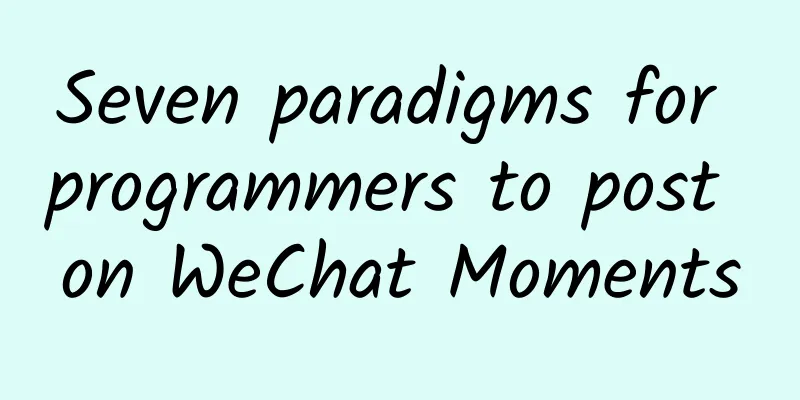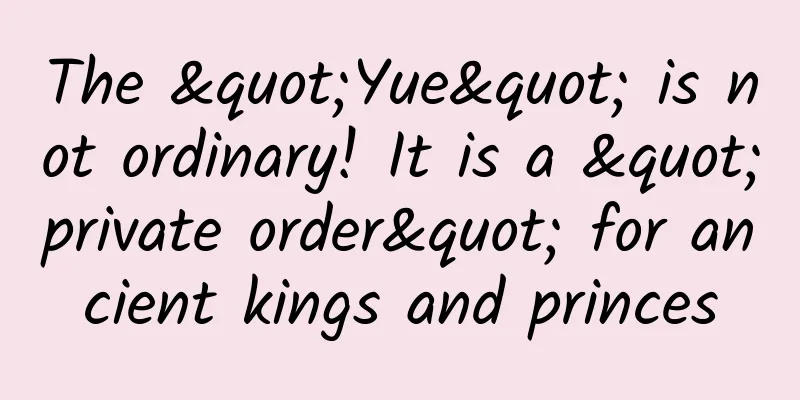Detailed explanation of Java NIO buffering technology

|
A buffer is a piece of data that is about to be written to a channel or has just been read from a channel. It is an object that holds data and acts as an endpoint of a NIO channel. The buffer provides a formal mechanism for data access and the reading and writing process. It is a major difference between NIO and the old Java I/O. Previously data was read and written directly from streams, now data can be read and written from buffers. In NIO, channel is a synonym for stream. To learn more about NIO channels, please read the previous tutorial Java NIO channels.
NIO buffer characteristics
Buffer Type Each primitive type has a corresponding buffer type. All buffer classes implement the Buffer interface. The most commonly used buffer type is ByteBuffer. The following are the buffer types provided in the Java NIO package.
Buffer capacity The buffer has a fixed size. We can only store data less than the "fixed size". The fixed size value is called the buffer capacity. Once the buffer is full, it must be emptied before writing again. Once the capacity is set, it will not change during the life cycle of the buffer. Buffer Limits In write mode, the limit of the buffer is equal to the capacity. In read mode, the limit points to the bit after the last data bit in the buffer. When the buffer is written, the limit is incremented. The limit of the buffer is always greater than or equal to zero and less than or equal to the capacity, 0 <= limit <= capacity. Buffer location The position points to the current address of the buffer. When the buffer is created, the position is set to zero. During reading and writing, the position is incremented to the next index position. The position is always between zero and the limit. Buffer Marking Marking is similar to setting a bookmark to a buffer. When mark() is called, the current position is recorded, and when reset() is called, the marked position is restored. Buffer flip, clear, and rewind Buffer flip() The flip() method is used to prepare the buffer for a get operation or to prepare a new write sequence. flip() sets the limit to the current position and then sets the position to 0. Buffer clear() The clear() method is used to prepare the buffer for a put operation or to prepare a new read sequence. clear() sets the limit to the capacity and sets the position to 0. Buffer rewind() The rewind() method is used to read the data that has been obtained again. rewind() sets the buffer position to 0. How to read NIO buffer
How to write to NIO buffer
The above are two examples of read and write buffers. There are many types of buffers and many ways to read and write them. You can choose according to your usage requirements. Original link: javapapers Translation: ImportNew.com - lemeilleur |
<<: The most powerful Android virus outbreak in history, effective on 15,000 models
>>: If you want to create the popular animation effects, you must understand some physics
Recommend
Google partners with car rental company Avis to manage its self-driving cars
According to Bloomberg, Alphabet's self-drivin...
Who is the mysterious DST? How much money did it cash out from JD.com?
[[132219]] Yuri Milner is such a low-key and toug...
iPhone 12's 5G will launch with two technologies, the latter of which may not be popular
According to the latest news, Apple's upcomin...
Hu Q&A: Why do tightly tied shoelaces loosen by themselves?
Source of this issue: Hanmu Diaomeng, how do plan...
Changing managers has become a habit in the United States. No one can last more than five years and the next one will have a hard time.
According to a recent comprehensive foreign news ...
A brief discussion on seed user operations before and after product launch!
I have been wanting to talk about the seed user o...
How much does it cost to make an errand running app?
Where there is demand, there is a market. During ...
Quick-travel article: Rebirth of the fishing net: I have transformed into N different identities!
Thousands of sea turtles die every year from bein...
In the era of isolation, how can facial and fingerprint recognition “previous to failure”?
With only one month left until the end of 2020, d...
"91 Ten Articles" - A daily must-read briefing for the new energy vehicle industry (210208)
1. SAIC Group announced that its sales of new ene...
Huawei's financial report: In 2024, Huawei's global sales revenue will be 862.1 billion yuan, and R&D investment will be 179.7 billion yuan, accounting for 20.8%
Recently, Huawei released its 2024 annual report....
[Breaking News] AppStore shopping categories are now online, check out the TOP1500 first!
Apple App Store today officially launched a new c...
Video account sales tutorial: Teach you how to make health tea step by step, and easily earn 100,000+ yuan a month [Video course]
The formula for making money on the Internet is: ...
New generation of trader Jenny circle video
Introduction to the video resources of the new ge...
Toyota shows its determination to develop electric vehicles with new personnel changes
According to foreign media reports recently, Toyo...









